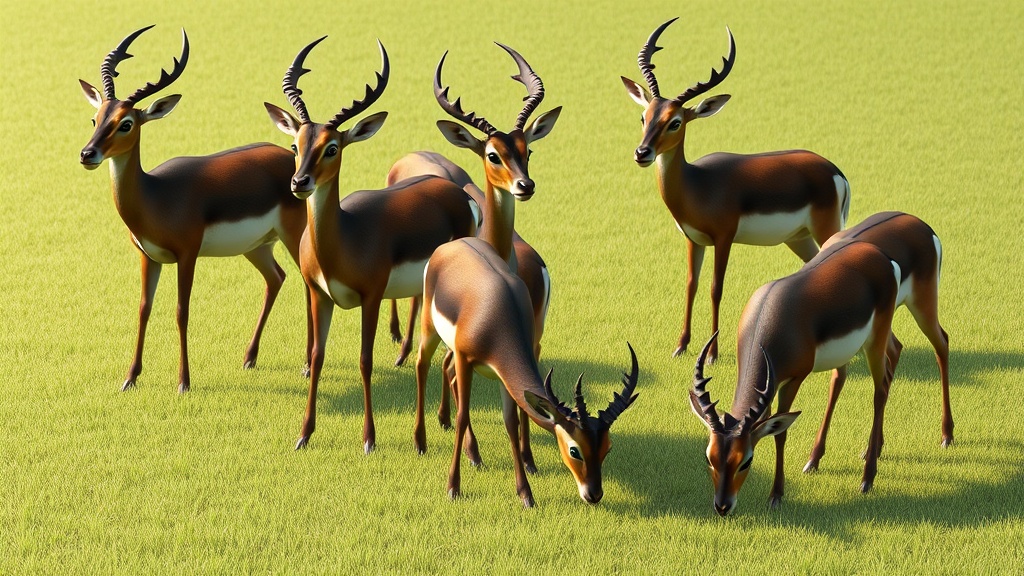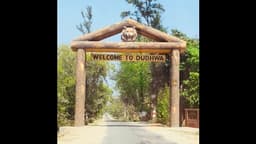Home / Environment / Bishnoi Community Fights to Save Blackbucks, Seeks Government Aid
Bishnoi Community Fights to Save Blackbucks, Seeks Government Aid
29 Oct
Summary
- Abohar Wildlife Sanctuary home to blackbucks, Punjab's state animal
- Bishnoi community's cultural conservation efforts no longer enough
- 92% of respondents willing to allow wildlife grazing, 39% want compensation

As of October 2025, the Abohar Wildlife Sanctuary (AWS) in Punjab, which is home to the blackbuck, Punjab's state animal, is facing significant challenges in its conservation efforts. The sanctuary, established in 1975, is located on private land belonging to the Bishnoi community, who have a rich history of biodiversity conservation.
However, the conversion of more land for cultivation and the reduction in wilderness over the years have largely threatened the survival of many species, including the blackbuck. The study reveals that while the Bishnoi community is still willing to allow wild animals to graze on their fields, with 61% of respondents expressing this sentiment, 39% now want compensation in lieu of sharing their land for biodiversity conservation.
The study also highlights that the Bishnoi community's intrinsic cultural and religious motivations for conservation are no longer enough, and there is a need for external government support, including compensation and incentive-based schemes like ecotourism, to ensure the continued protection of the sanctuary and its wildlife.




